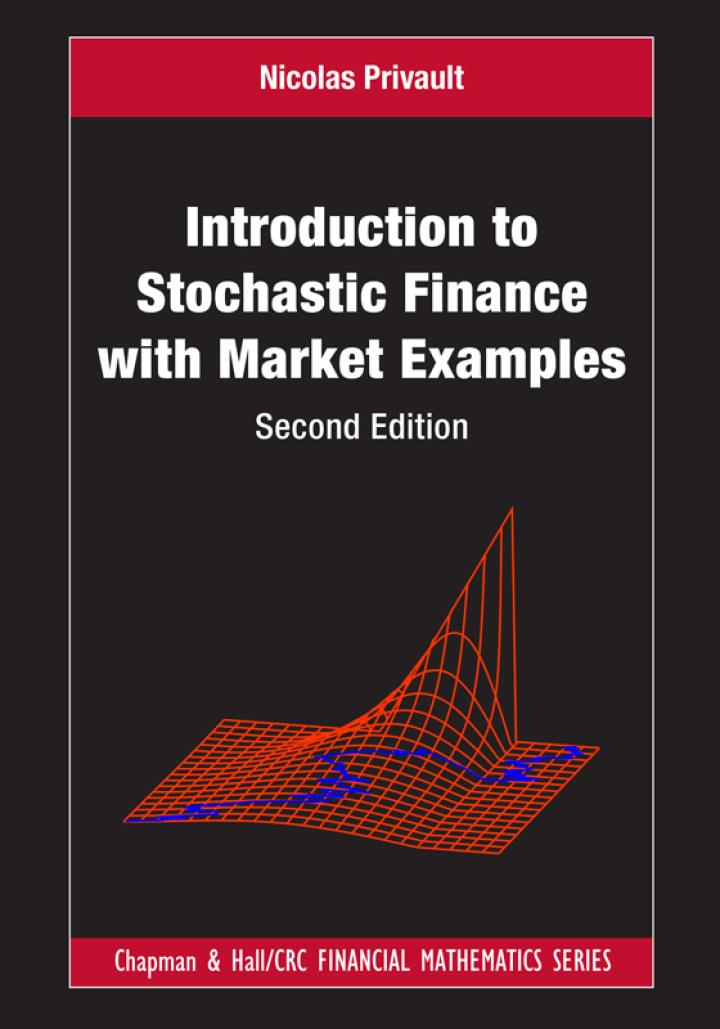We consider a leveraged fund with factor (beta: 1) on an index (left(S_{t}ight)_{t in mathbb{R}_{+}})modeled as the
Question:
We consider a leveraged fund with factor \(\beta: 1\) on an index \(\left(S_{t}ight)_{t \in \mathbb{R}_{+}}\)modeled as the geometric Brownian motion
\[
d S_{t}=r S_{t} d t+\sigma S_{t} d B_{t}, \quad t \geqslant 0
\]
under the risk-neutral probability measure \(\mathbb{P}^{*}\). Examples of leveraged funds include ProShares Ultra SESP500 and ProShares UltraShort SESP500.
a) Find the portfolio allocation \(\left(\xi_{t}, \eta_{t}ight)\) of the leveraged fund value
\[
F_{t}=\xi_{t} S_{t}+\eta_{t} A_{t}, \quad t \geqslant 0
\]
where \(A_{t}:=A_{0} \mathrm{e}^{r t}\) represents the risk-free money market account price.
Leveraging with a factor \(\beta: 1\) means that the risky component of the portfolio should represent \(\beta\) times the invested amount \(\beta F_{t}\) at any time \(t \geqslant 0\).
b) Find the stochastic differential equation satisfied by \(\left(F_{t}ight)_{t \in \mathbb{R}_{+}}\)under the self-financing condition \(d F_{t}=\xi_{t} d S_{t}+\eta_{t} d A_{t}\).
c) Find the relation between the fund value \(F_{t}\) and the index \(S_{t}\) by solving the stochastic differential equation obtained for \(F_{t}\) in Question (b). For simplicity we take \(F_{0}:=S_{0}^{\beta}\).
Step by Step Answer:

Introduction To Stochastic Finance With Market Examples
ISBN: 9781032288277
2nd Edition
Authors: Nicolas Privault





